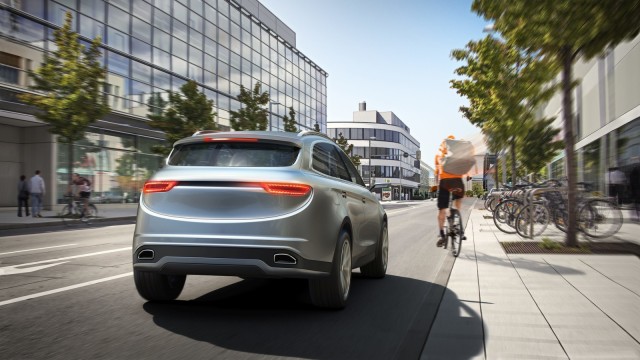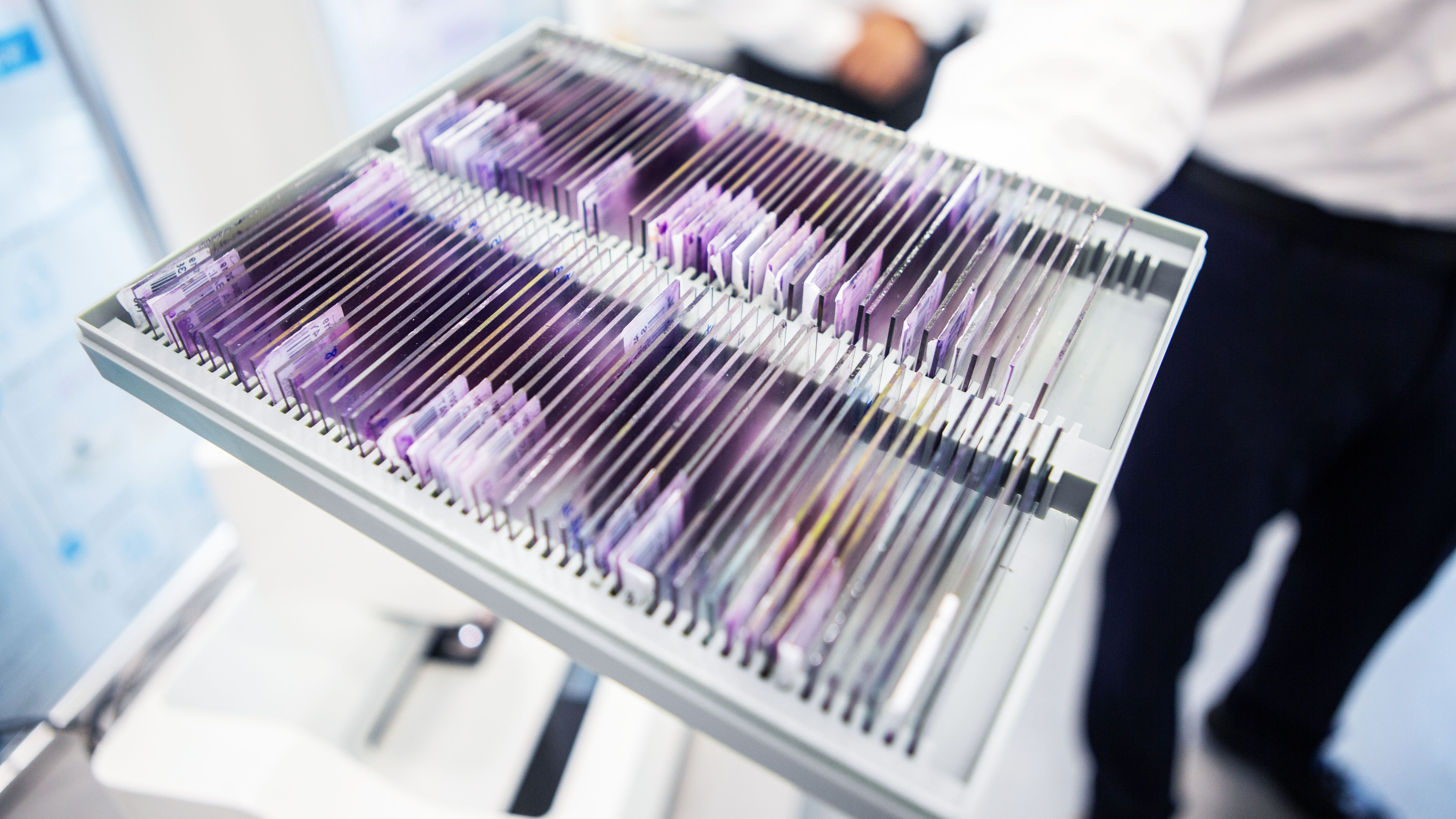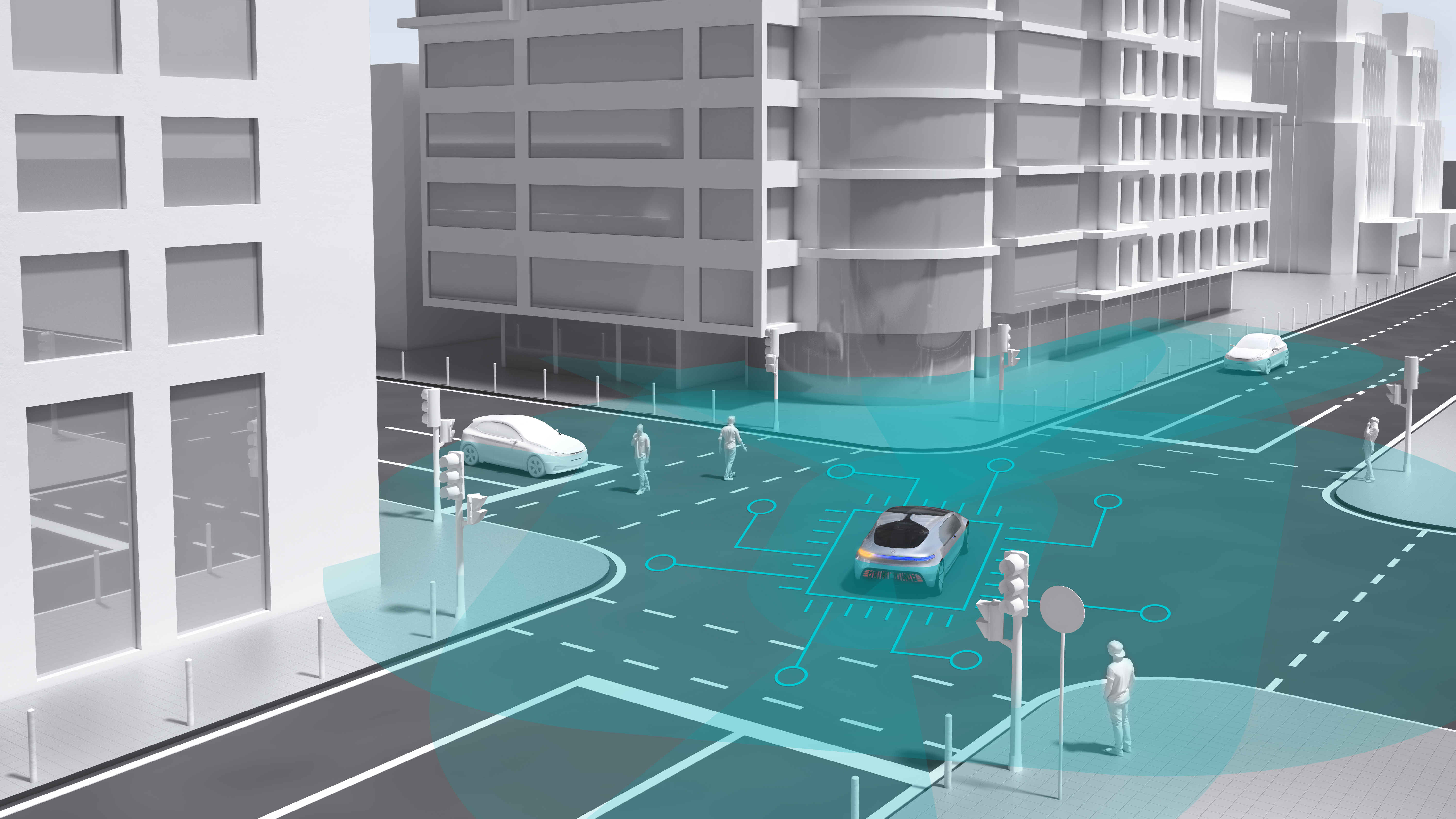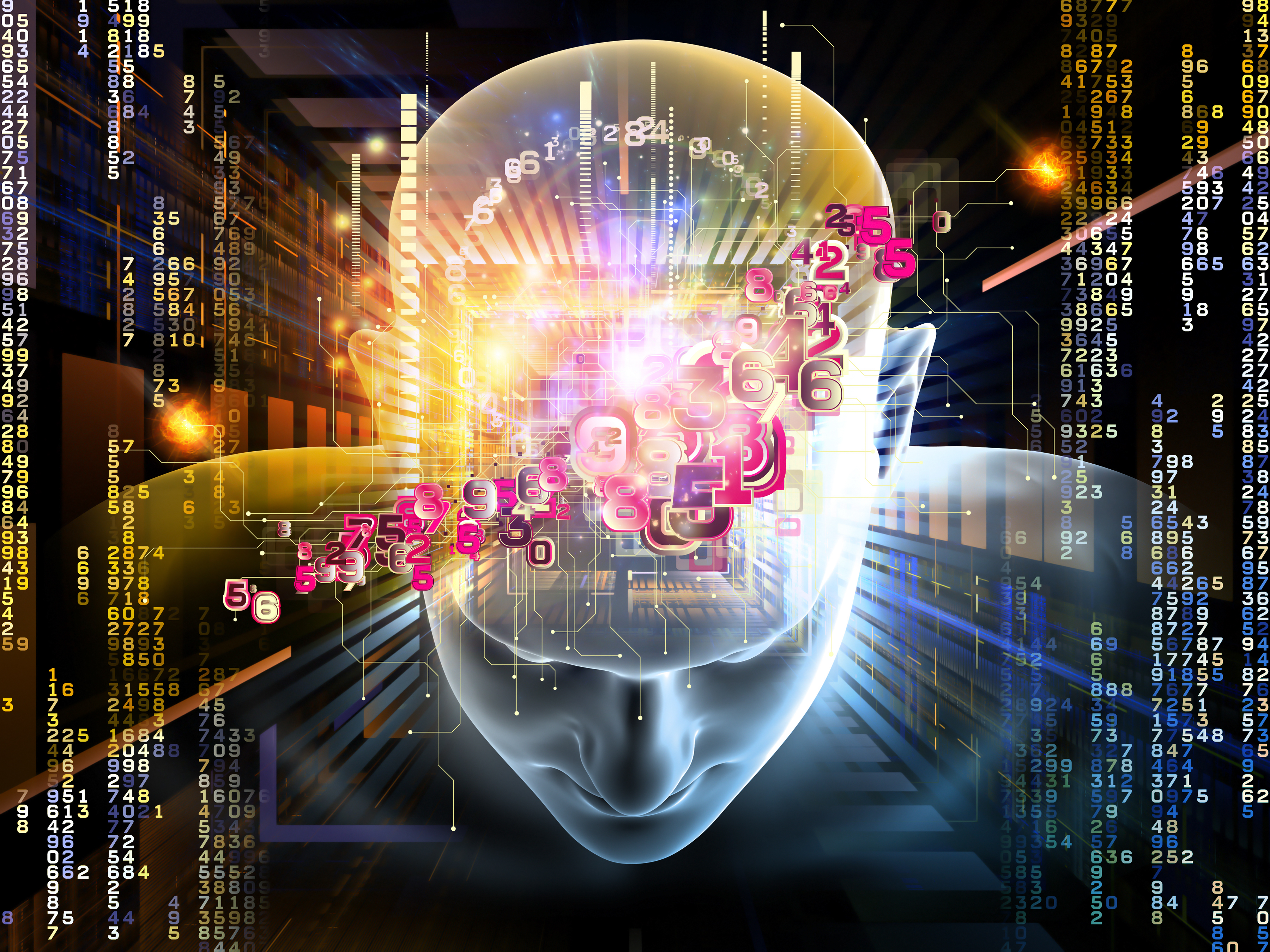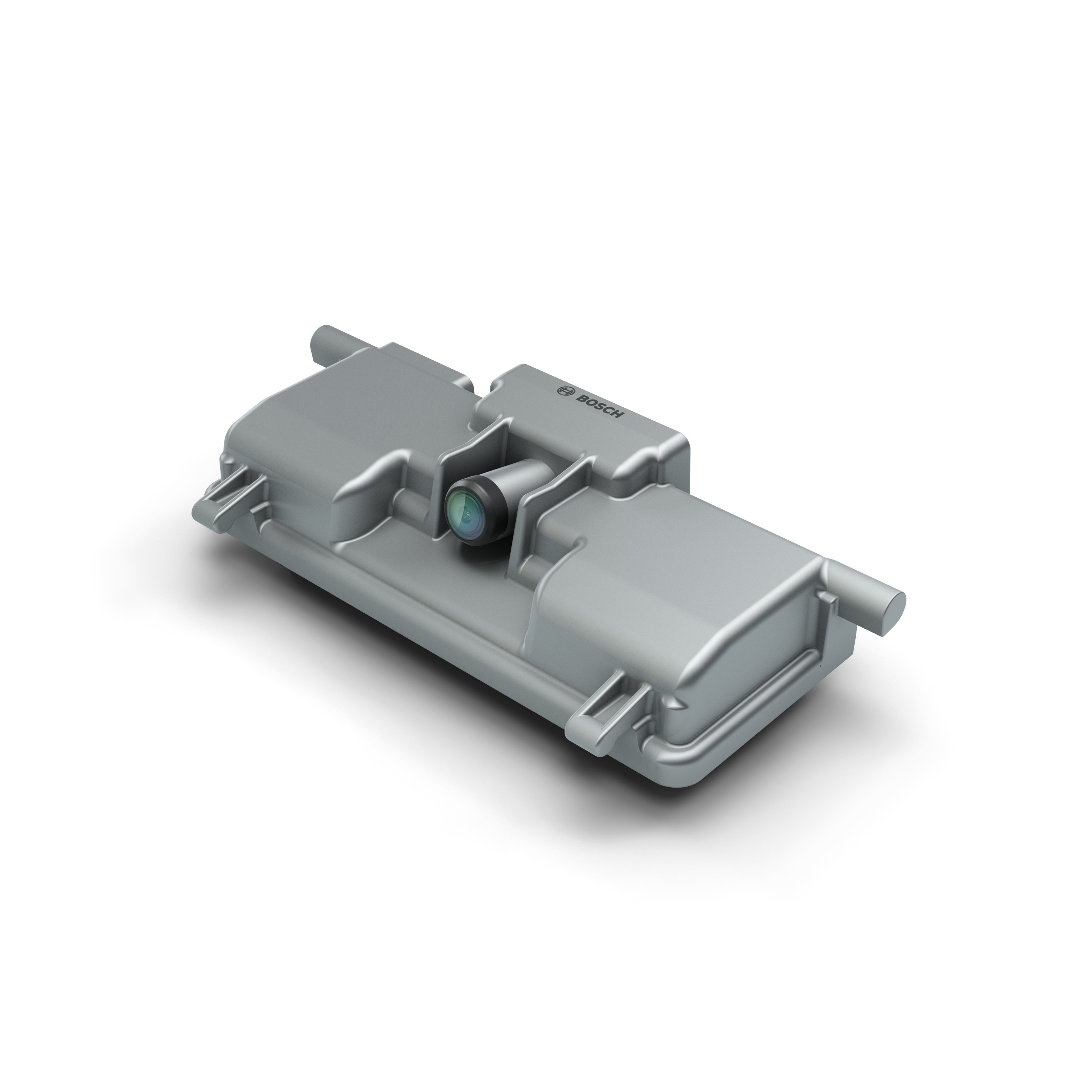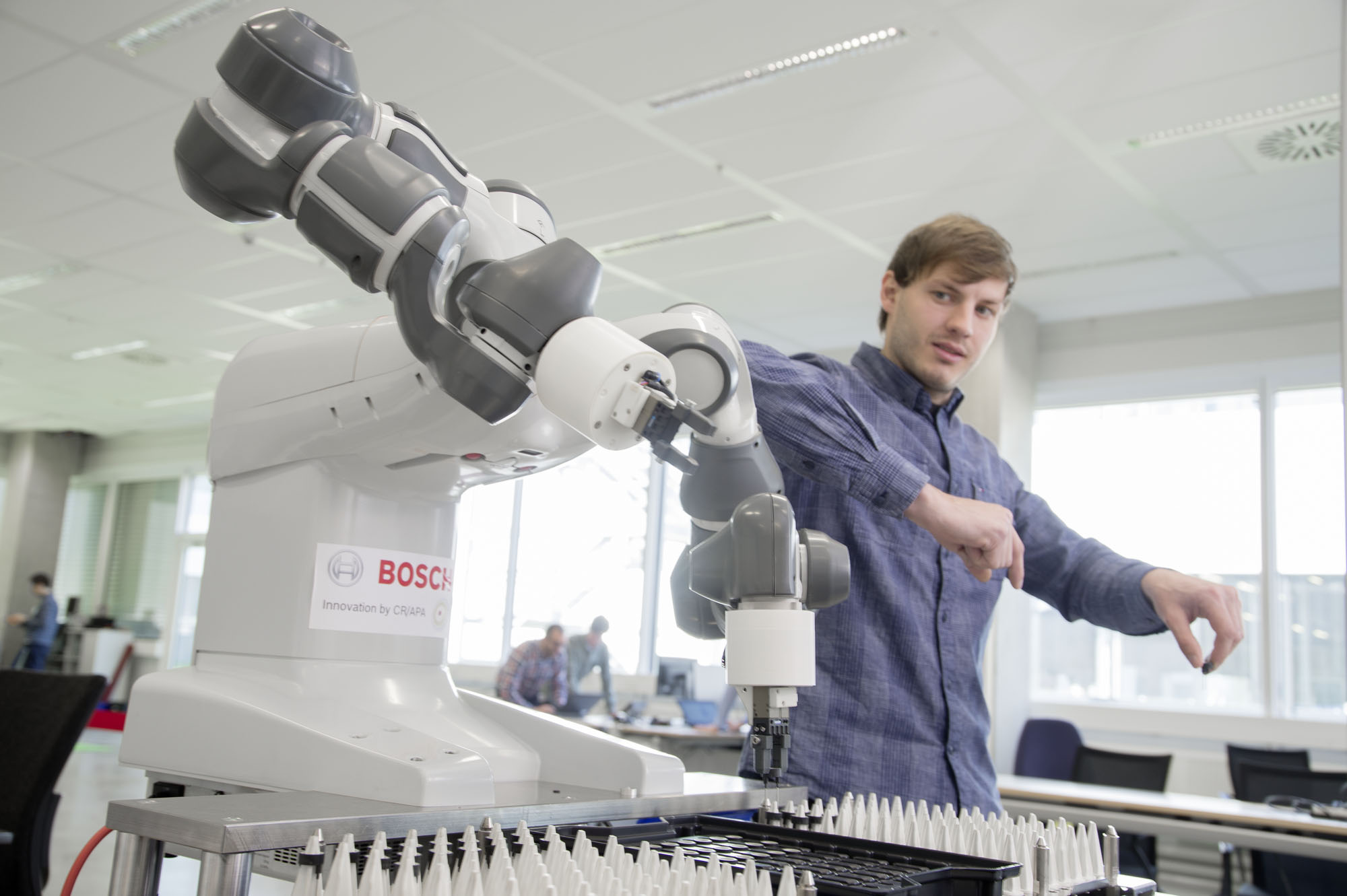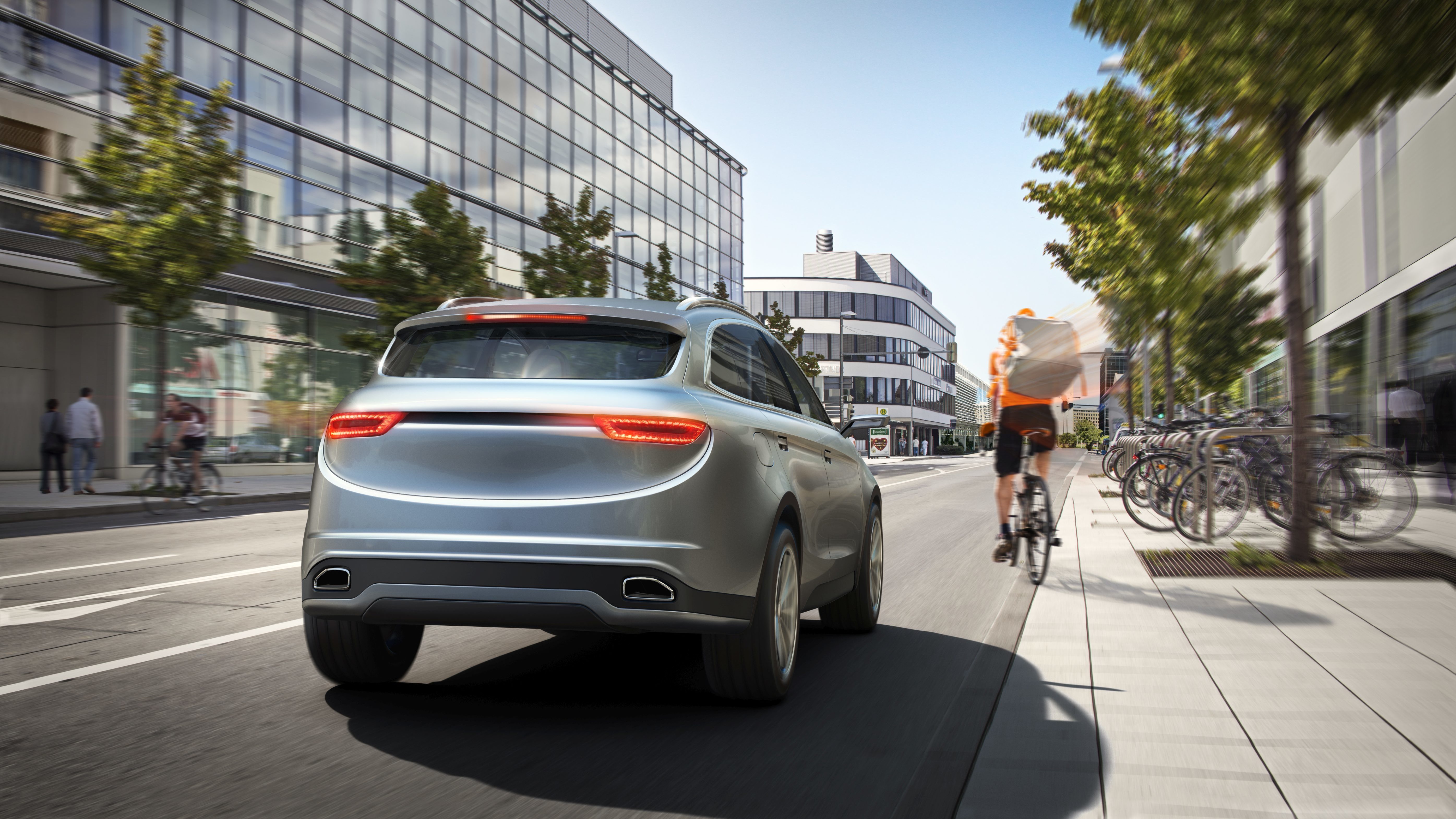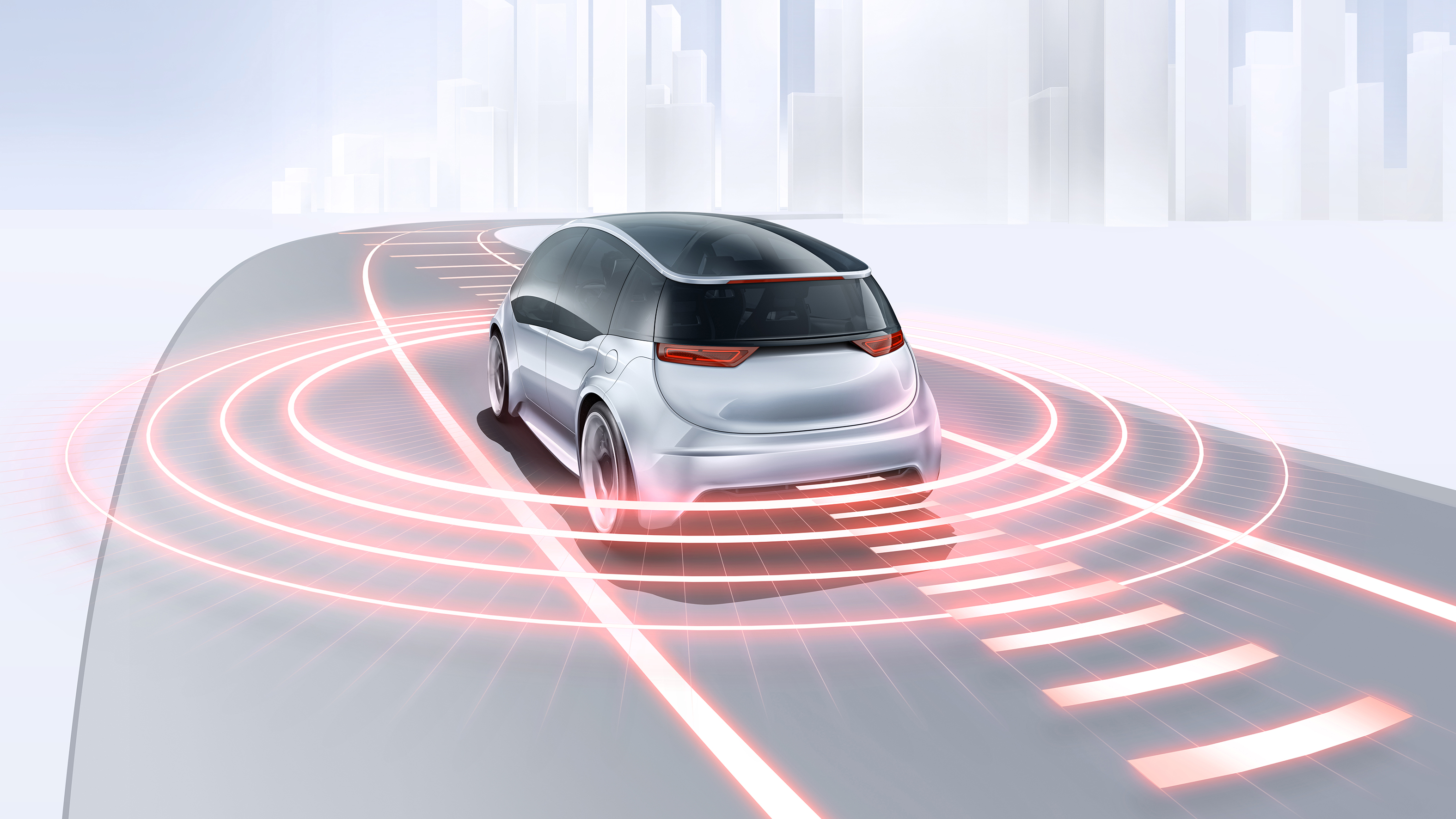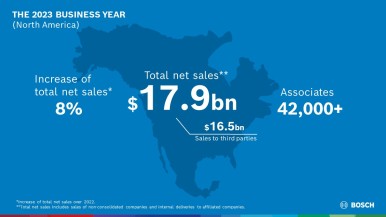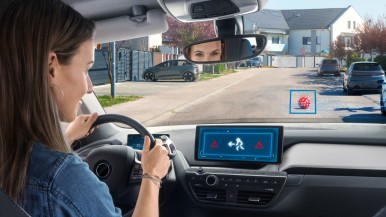Stuttgart, Germany /Las Vegas, NV, USA – Good things come in threes – and automated driving is no exception. Before safe automated driving can become a reality, a third sensor principle is needed in addition to camera and radar. Consequently, Bosch is making long-range lidar sensors production-ready – the first lidar (light detection and ranging) system that is suitable for automotive use. This laser-based distance measurement technology is indispensable for driving functions at SAE Levels 3 to 5. The new Bosch sensor will cover both long and close ranges – on highways and in the city. By exploiting economies of scale, Bosch wants to reduce the price for the sophisticated technology and render it suitable for the mass market. “By filling the sensor gap, Bosch is making automated driving a viable possibility in the first place,” says Bosch management board member Harald Kroeger.
Bosch at CES 2020:
- PRESS CONFERENCE: In Ballrooms B, C, and D, Mandalay Bay Hotel, Las Vegas, South Convention Center, Level 2, from 9:00 to 10:30 a.m. local time on Monday, January 6, 2020.
- BOOTH: Tuesday to Friday, January 7–10, 2020, in the Central Hall, booth #12401
- FOLLOW the Bosch CES 2020 highlights on Twitter: #BoschCES
- PANELS WITH BOSCH EXPERTS: Wednesday, January 8, 2020, 10:15 to 11:15 a.m. (local time), Event entitled “Growth of Apprenticeships for ‘New Collar’ Jobs” with Charlie Ackerman, Senior Vice President of Human Resources, Las Vegas, South Convention Center
Having established a regional presence in 1906 in North America, the Bosch Group employs 34,700 associates in more than 100 locations, as of December 31, 2020. According to preliminary figures, Bosch generated consolidated sales of $13.1 billion in the U.S., Canada and Mexico. For more information, visit www.bosch.us, www.bosch.ca and www.bosch.com.mx.
The Bosch Group is a leading global supplier of technology and services. It employs roughly 394,500 associates worldwide (as of December 31, 2020). According to preliminary figures, the company generated sales of $87.1 billion in 2020. Its operations are divided into four business sectors: Mobility Solutions, Industrial Technology, Consumer Goods, and Energy and Building Technology. As a leading IoT provider, Bosch offers innovative solutions for smart homes, Industry 4.0, and connected mobility. Bosch is pursuing a vision of mobility that is sustainable, safe, and exciting. It uses its expertise in sensor technology, software, and services, as well as its own IoT cloud, to offer its customers connected, cross-domain solutions from a single source. The Bosch Group’s strategic objective is to facilitate connected living with products and solutions that either contain artificial intelligence (AI) or have been developed or manufactured with its help. Bosch improves quality of life worldwide with products and services that are innovative and spark enthusiasm. In short, Bosch creates technology that is “Invented for life.” The Bosch Group comprises Robert Bosch GmbH and its roughly 440 subsidiary and regional companies in 60 countries. Including sales and service partners, Bosch’s global manufacturing, engineering, and sales network covers nearly every country in the world. The basis for the company’s future growth is its innovative strength. At 126 locations across the globe, Bosch employs some 73,000 associates in research and development, as well as roughly 30,000 software engineers.
Additional information is available online at www.bosch.us, www.iot.bosch.com, https://us.bosch-press.com, https://twitter.com/BoschPress
Exchange rate: 1 EUR = 1.2171

